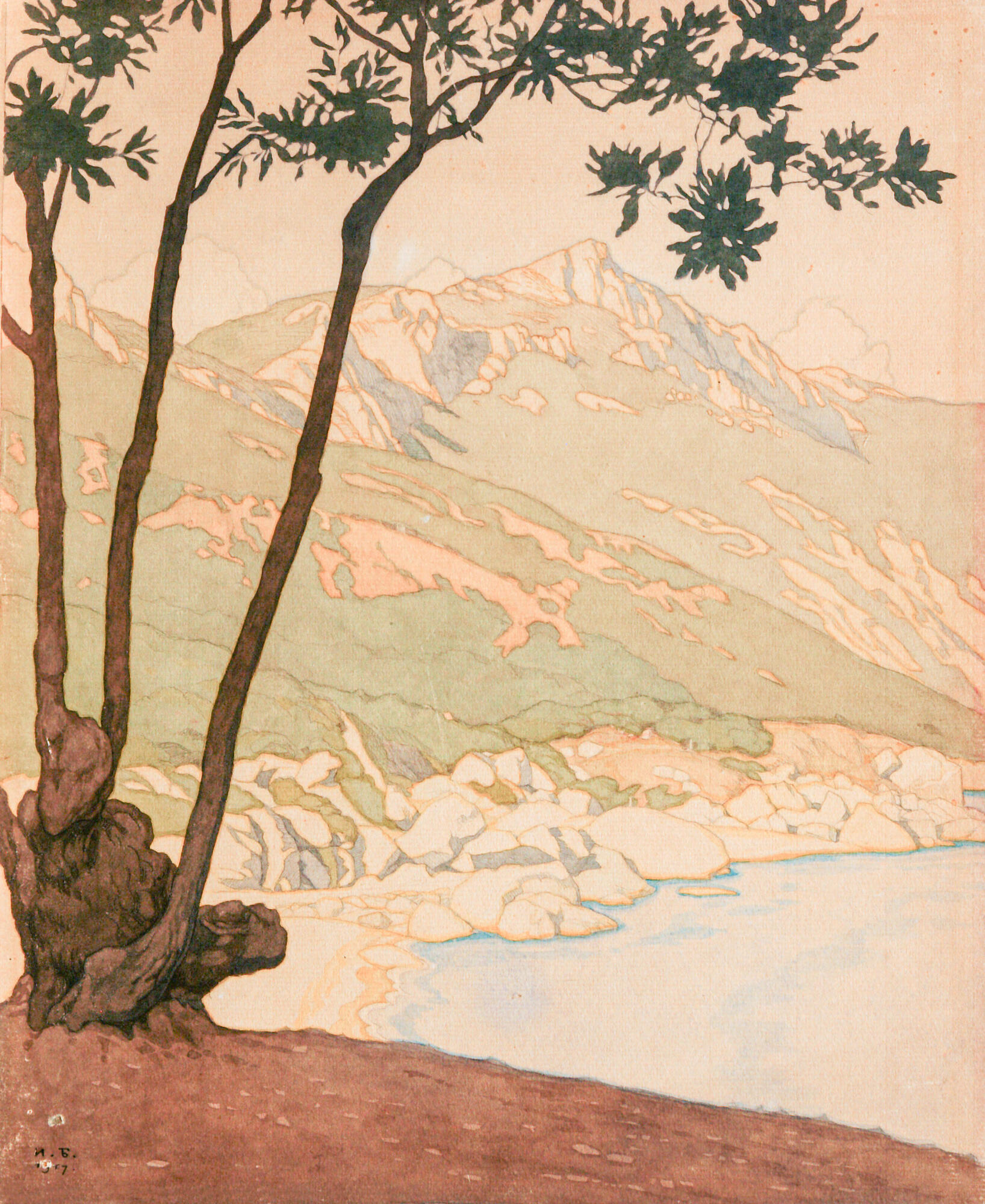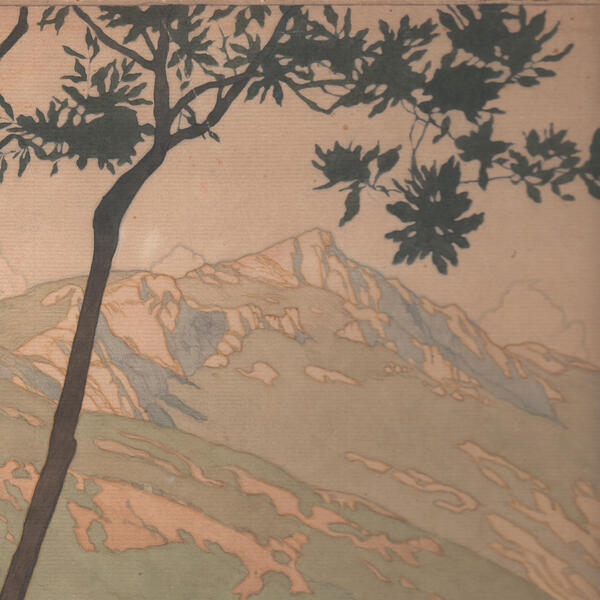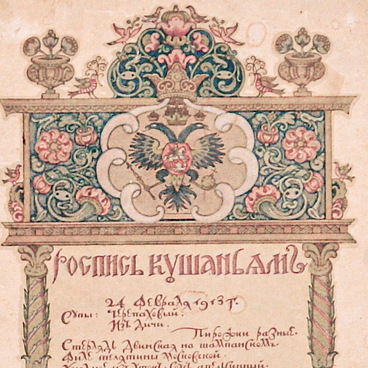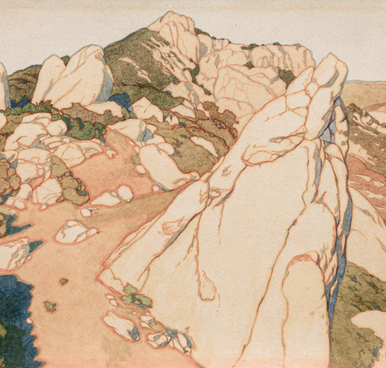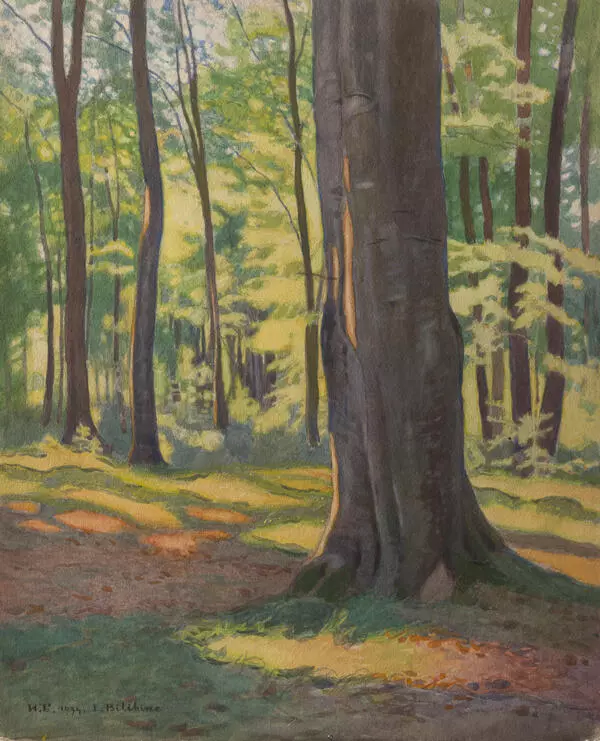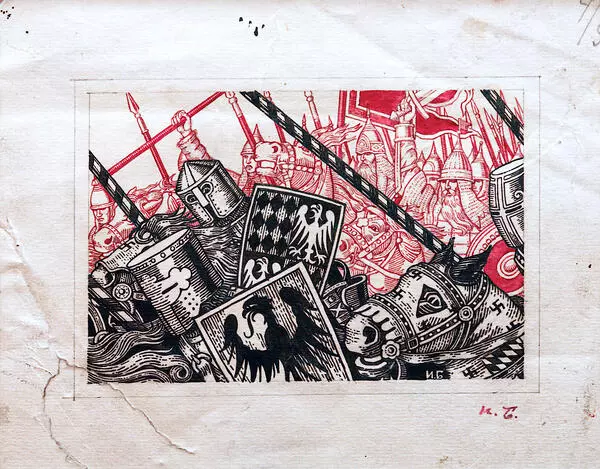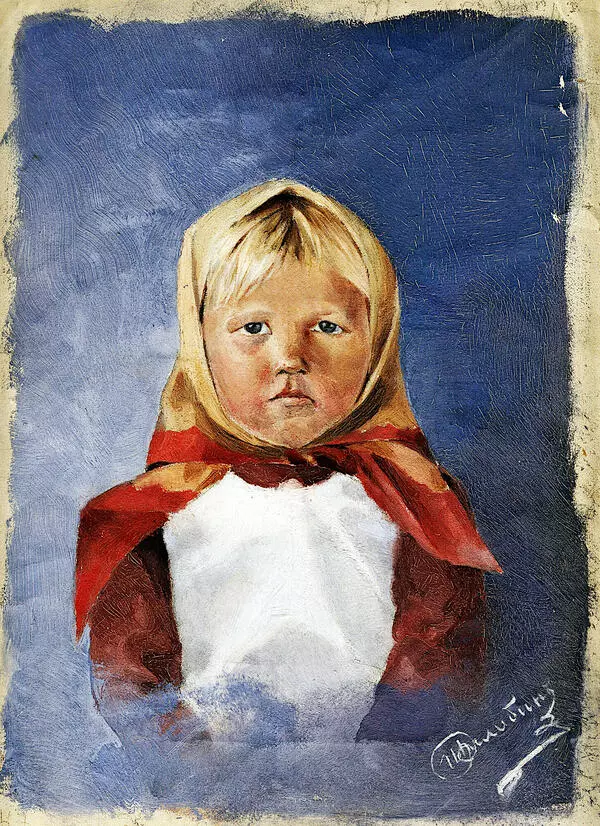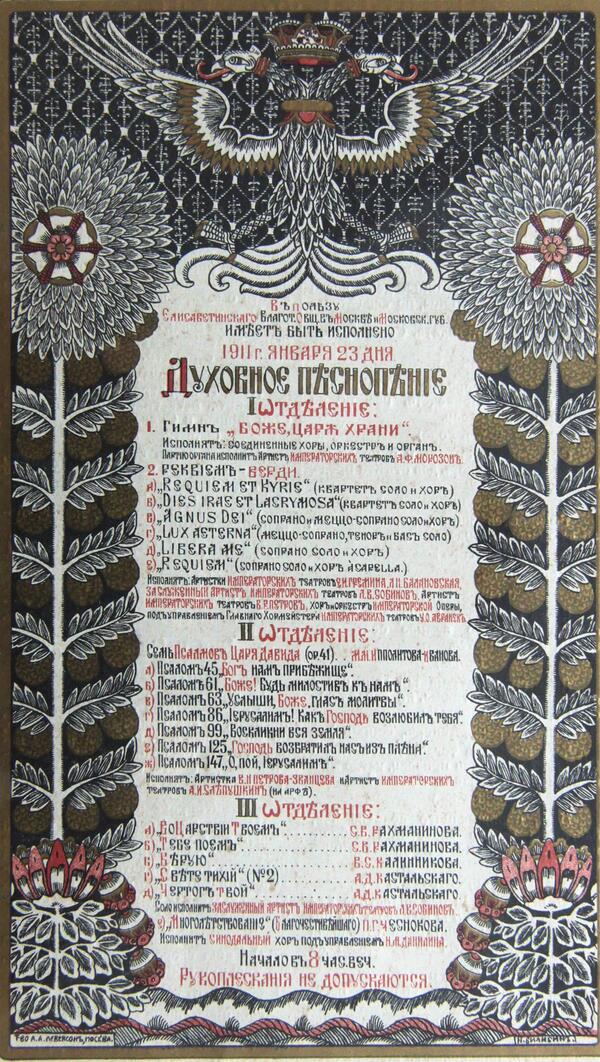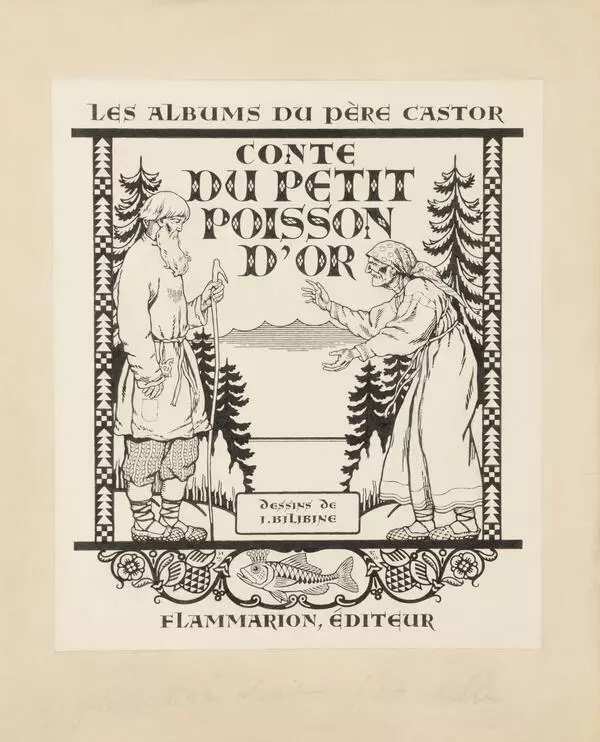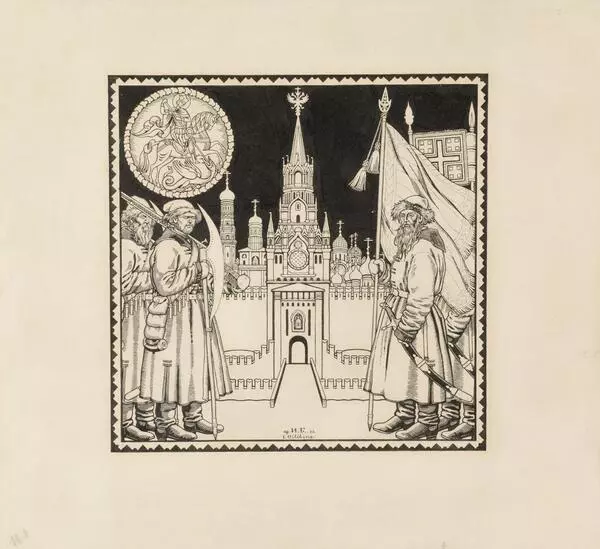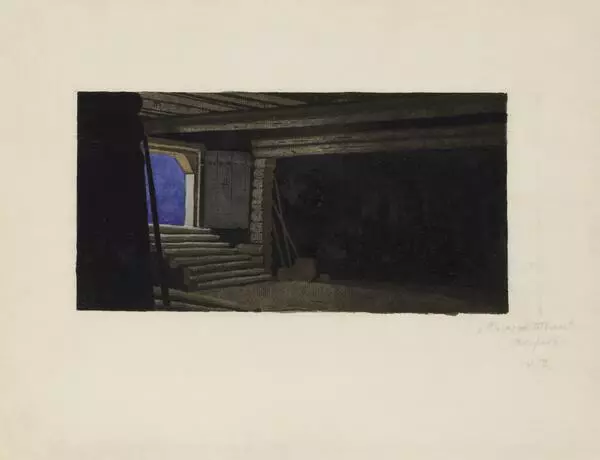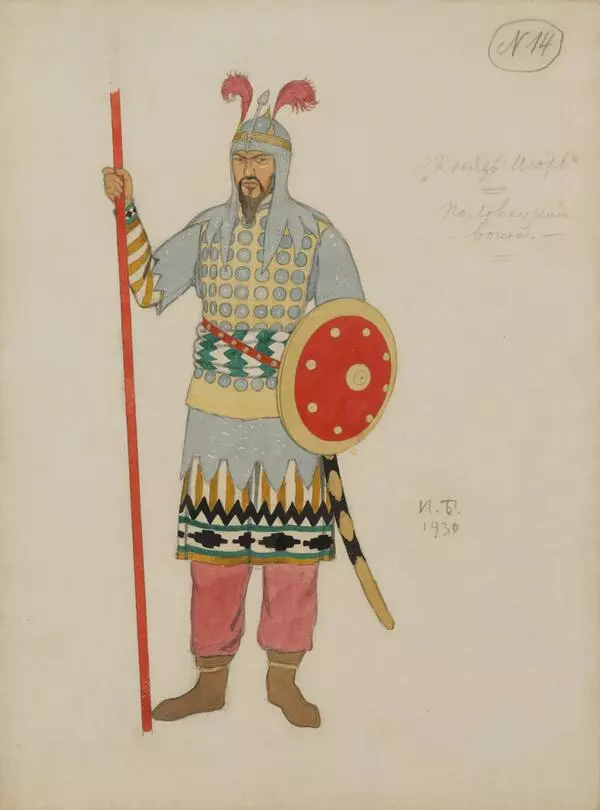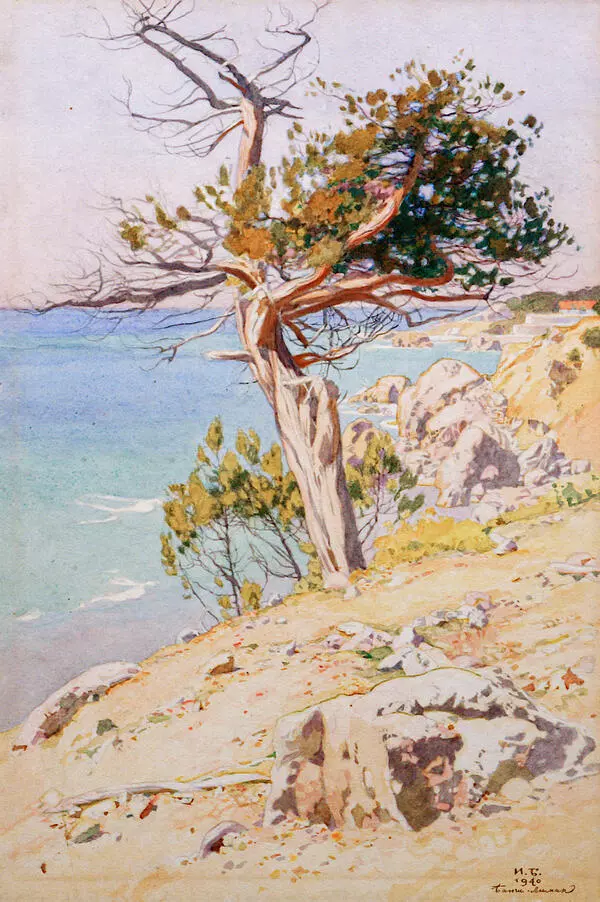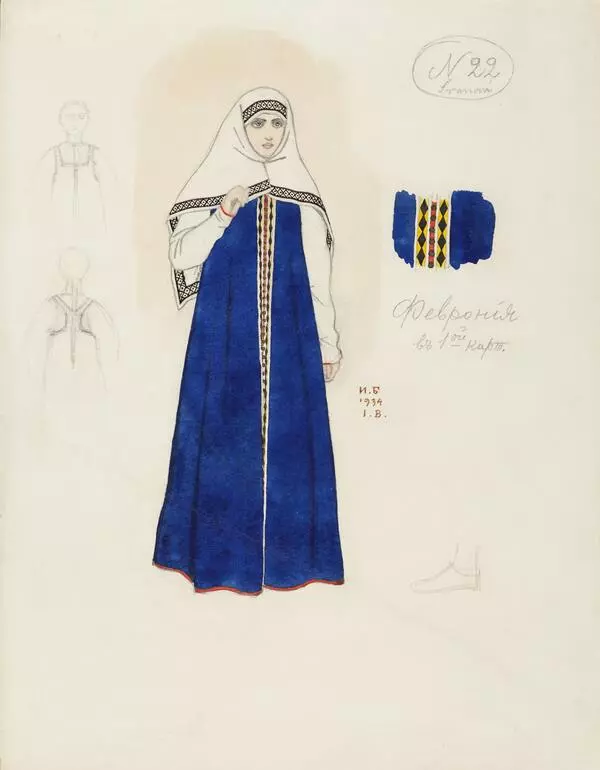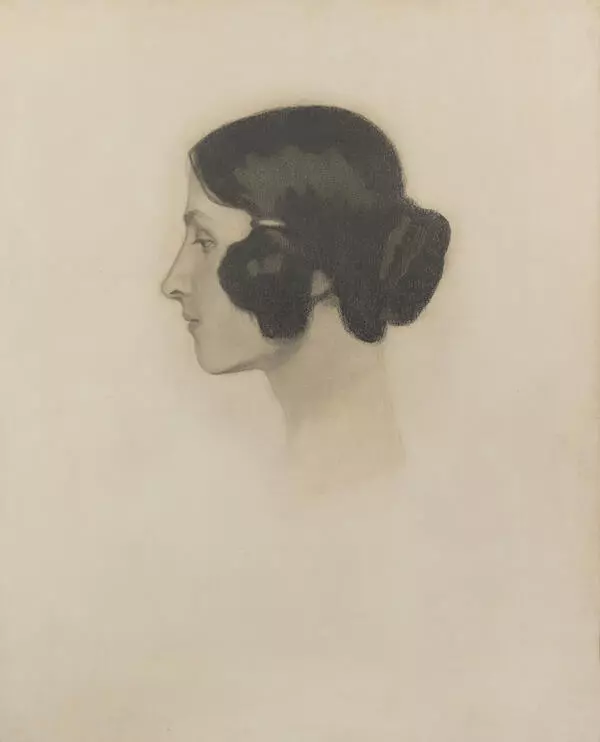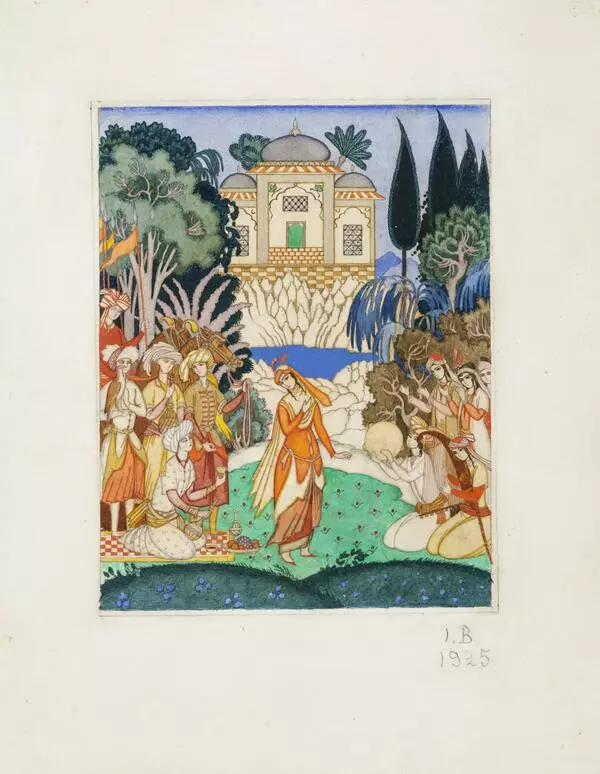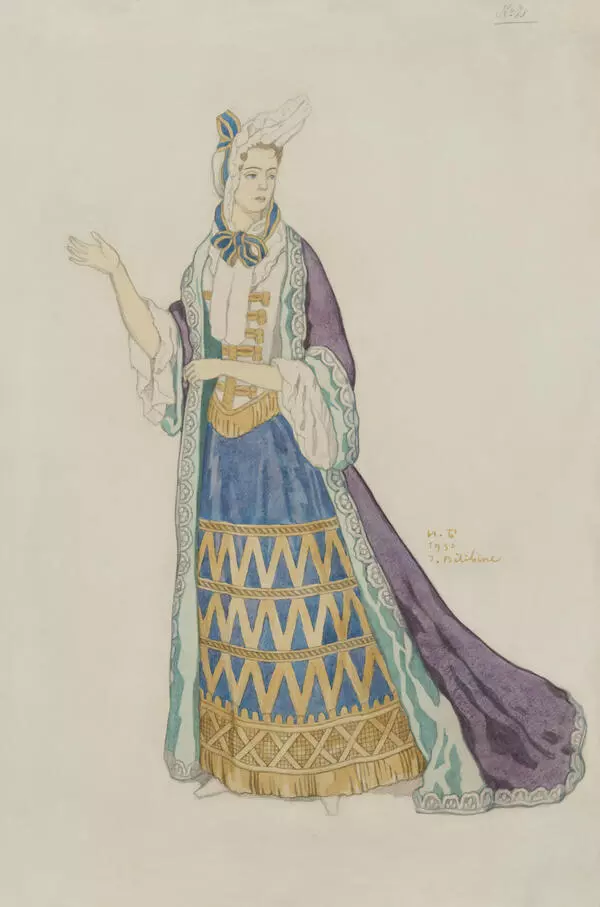The “Mount Kalanykh-Kaya” painting is one of the most typical examples of Ivan Yakovlevich Bilibin’s landscapes. Over the years, the artist developed a distinct and cohesive type of panoramic composition. Generally, the titles of his Crimean landscapes include real geographical places, thus, by them we can find the depicted corners of nature.
The landscape depicts the Kalanykh-Kaya ridge, which is located in the northwest of the Baydar Valley (Crimea) and dominates the surrounding mountains. Its height is insignificant, only 627 meters at the highest point, however, the views of the sea and the southern coast of Crimea from the top of the Kalanykh ridge are breathtaking.
In the landscape, the tree trunks immersed in the shade form a frame and open the perspective. In the background, there is a river running between rocks, or a green valley, followed by a chain of mountains with outlines disappearing into the distance. A blue sky with white clouds stretches above the ground, against which we can see the silhouette of madrones’ foliage or nuts in the foreground. Bilibin boldly juxtaposes the sizes and masses of objects. In addition, he contrasts complex lighting and color — from the shades of purple, almost black in the shadows, to red-brown and sandy-orange colors of the sun spots playing on the stones.
Bilibin did not like fashionable Crimean resorts, he was attracted by untouched wildlife. In 1912, Ivan Yakovlevich purchased a plot in Batiliman together with other shareholders of the dacha-building cooperative. By lot, he got a plot with a fishing hut on the very seashore. Together with his wife Renée O’Connell, the artist turned the fishing hut into a workshop where he painted marine sketches. According to the memoirs of his contemporaries, the house was of rough masonry with a tiled roof, originally two rooms, an open veranda facing the sea on four wooden pillars with wooden chapiters. It fully embodied the Crimean building traditions. The structure was entirely to the artist’s taste, Bilibin did not hide his delight from having a magnificent view from the windows, noting that Batiliman has “grandiose, heroic beauty”. He limited the reconstruction of the house and added to it only a spacious room with a large window — his workshop.
The landscape depicts the Kalanykh-Kaya ridge, which is located in the northwest of the Baydar Valley (Crimea) and dominates the surrounding mountains. Its height is insignificant, only 627 meters at the highest point, however, the views of the sea and the southern coast of Crimea from the top of the Kalanykh ridge are breathtaking.
In the landscape, the tree trunks immersed in the shade form a frame and open the perspective. In the background, there is a river running between rocks, or a green valley, followed by a chain of mountains with outlines disappearing into the distance. A blue sky with white clouds stretches above the ground, against which we can see the silhouette of madrones’ foliage or nuts in the foreground. Bilibin boldly juxtaposes the sizes and masses of objects. In addition, he contrasts complex lighting and color — from the shades of purple, almost black in the shadows, to red-brown and sandy-orange colors of the sun spots playing on the stones.
Bilibin did not like fashionable Crimean resorts, he was attracted by untouched wildlife. In 1912, Ivan Yakovlevich purchased a plot in Batiliman together with other shareholders of the dacha-building cooperative. By lot, he got a plot with a fishing hut on the very seashore. Together with his wife Renée O’Connell, the artist turned the fishing hut into a workshop where he painted marine sketches. According to the memoirs of his contemporaries, the house was of rough masonry with a tiled roof, originally two rooms, an open veranda facing the sea on four wooden pillars with wooden chapiters. It fully embodied the Crimean building traditions. The structure was entirely to the artist’s taste, Bilibin did not hide his delight from having a magnificent view from the windows, noting that Batiliman has “grandiose, heroic beauty”. He limited the reconstruction of the house and added to it only a spacious room with a large window — his workshop.
